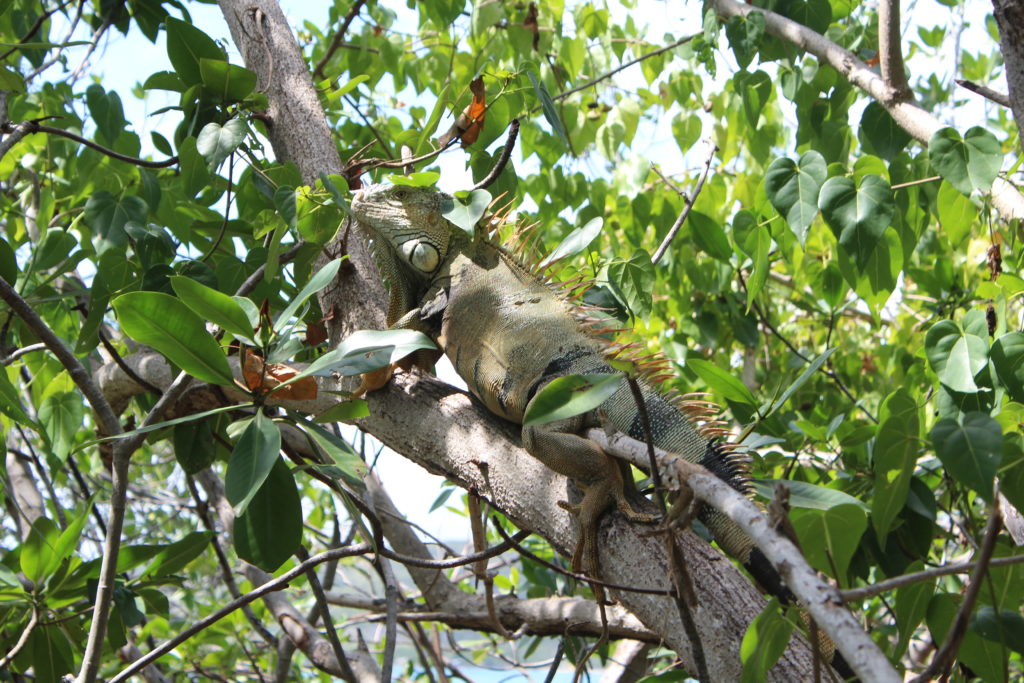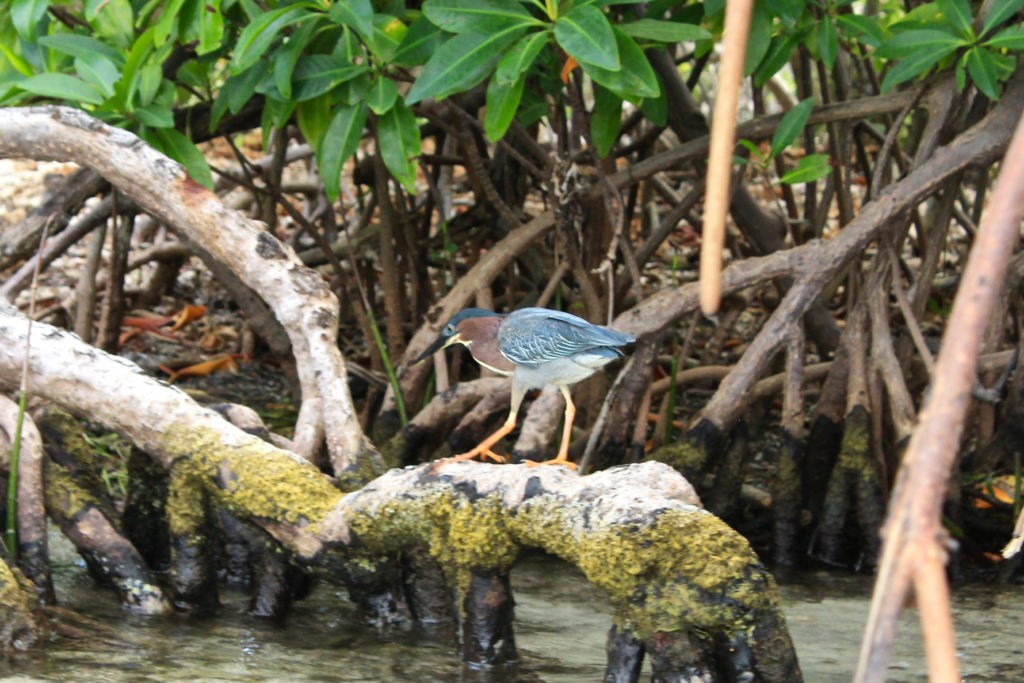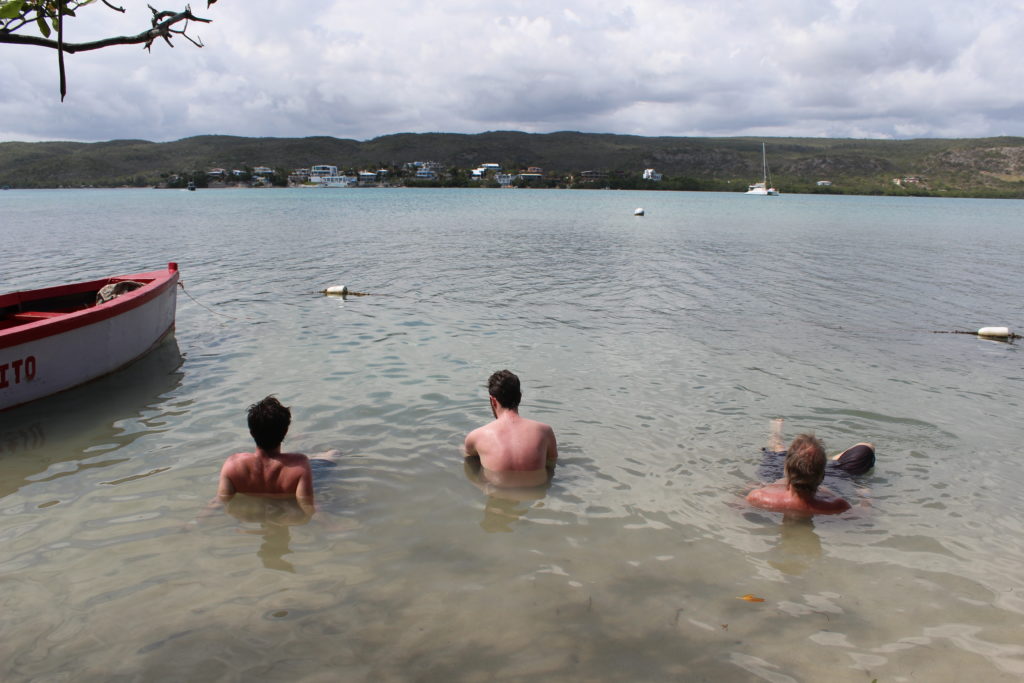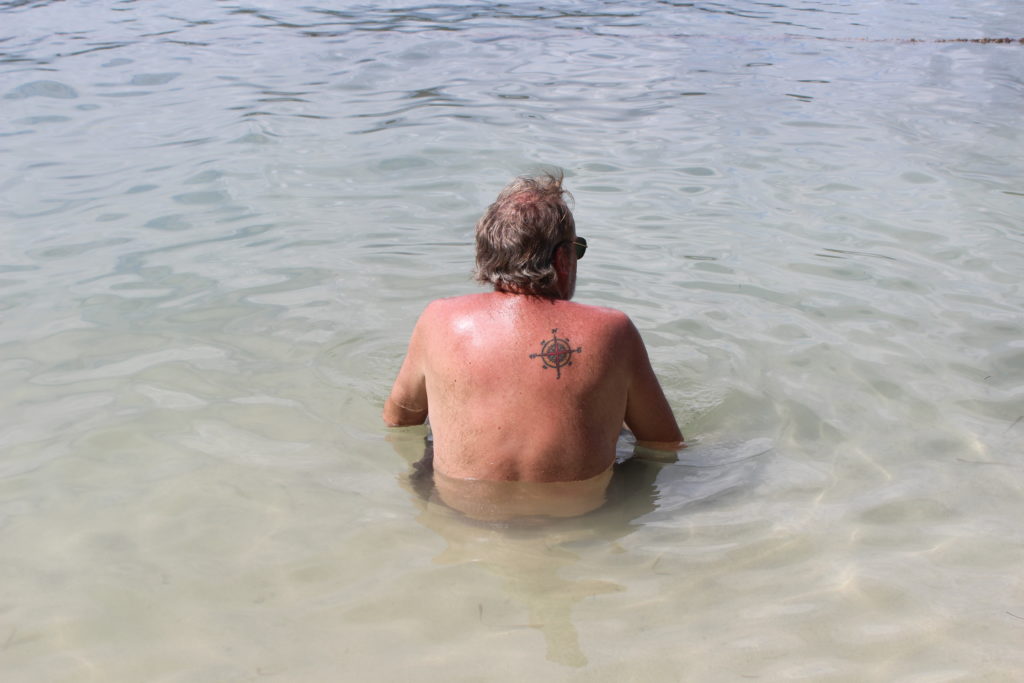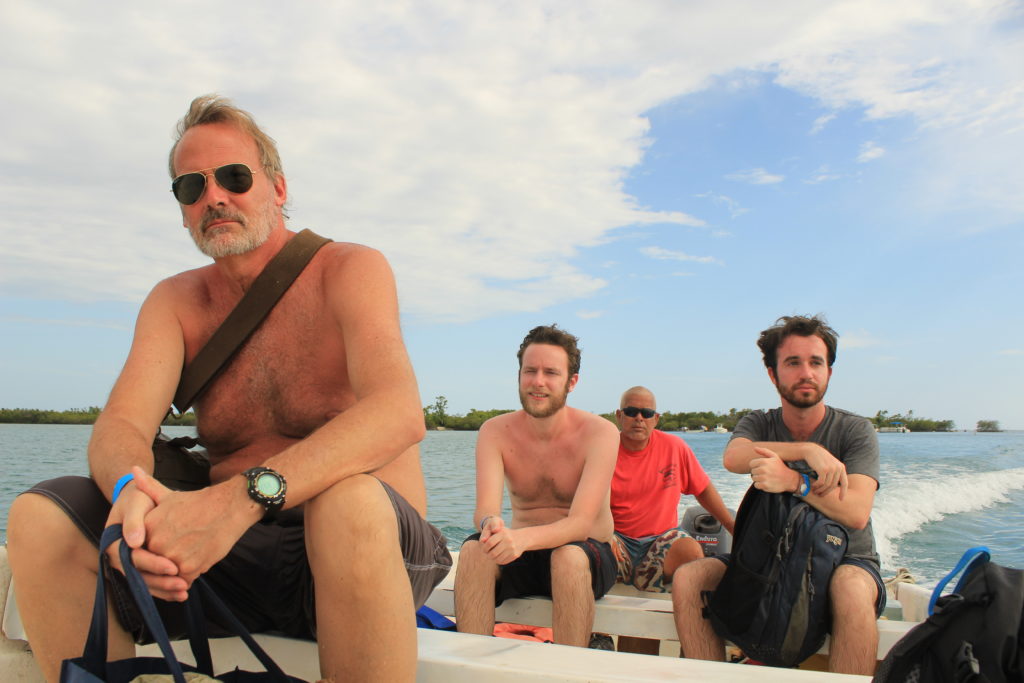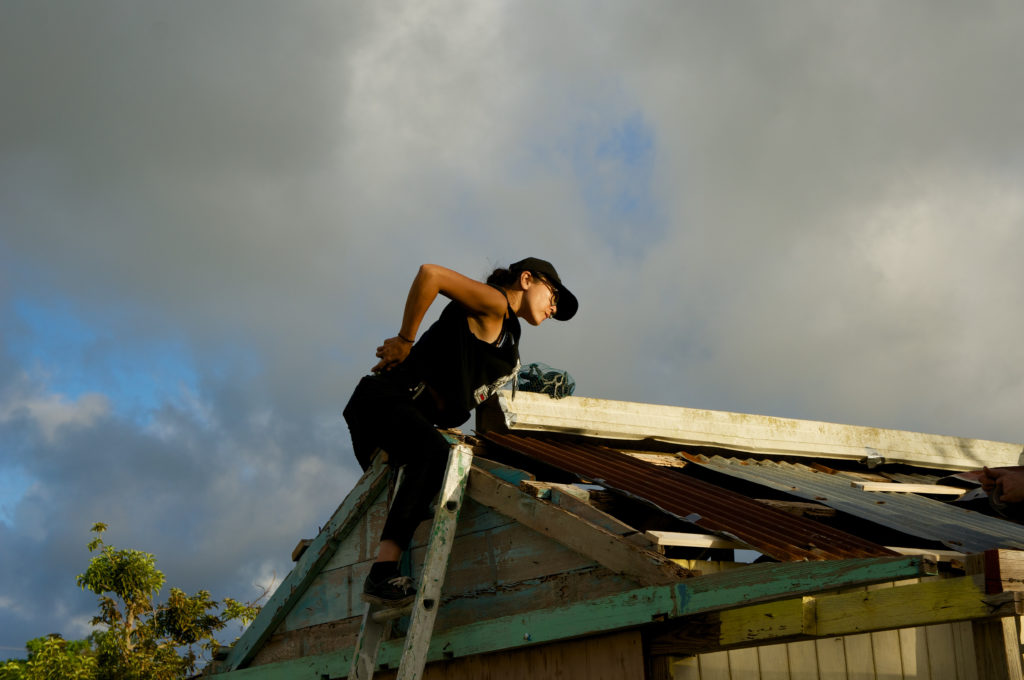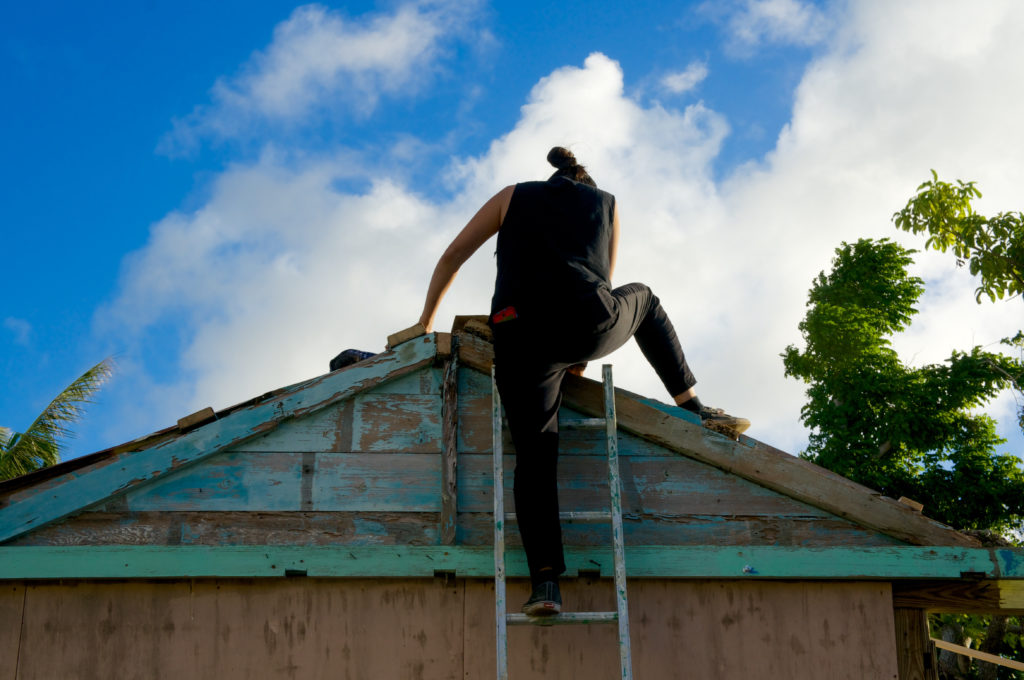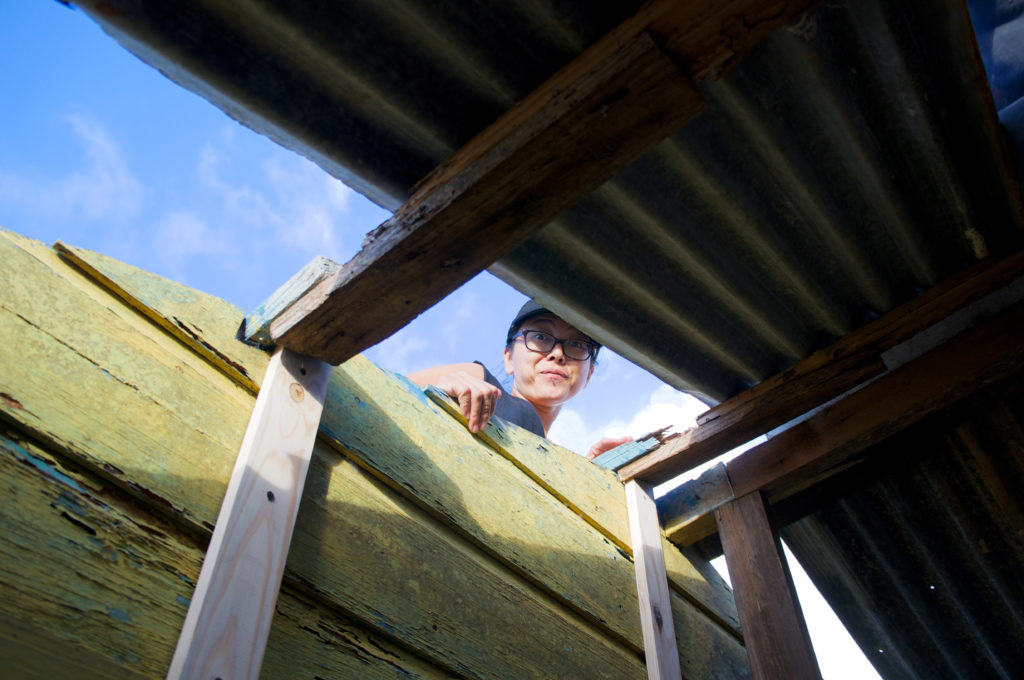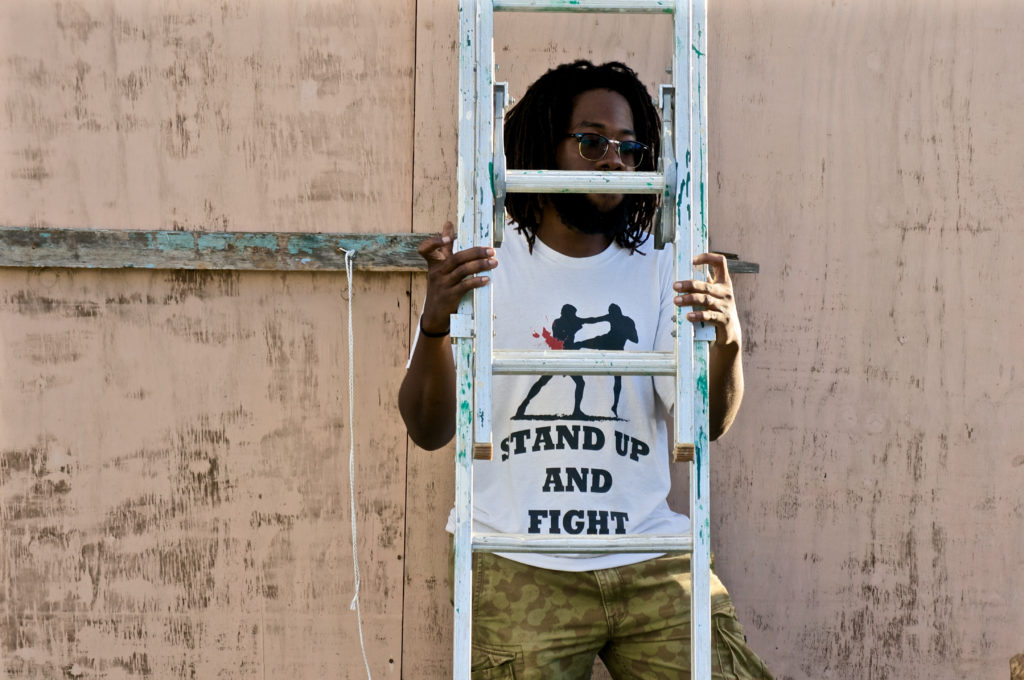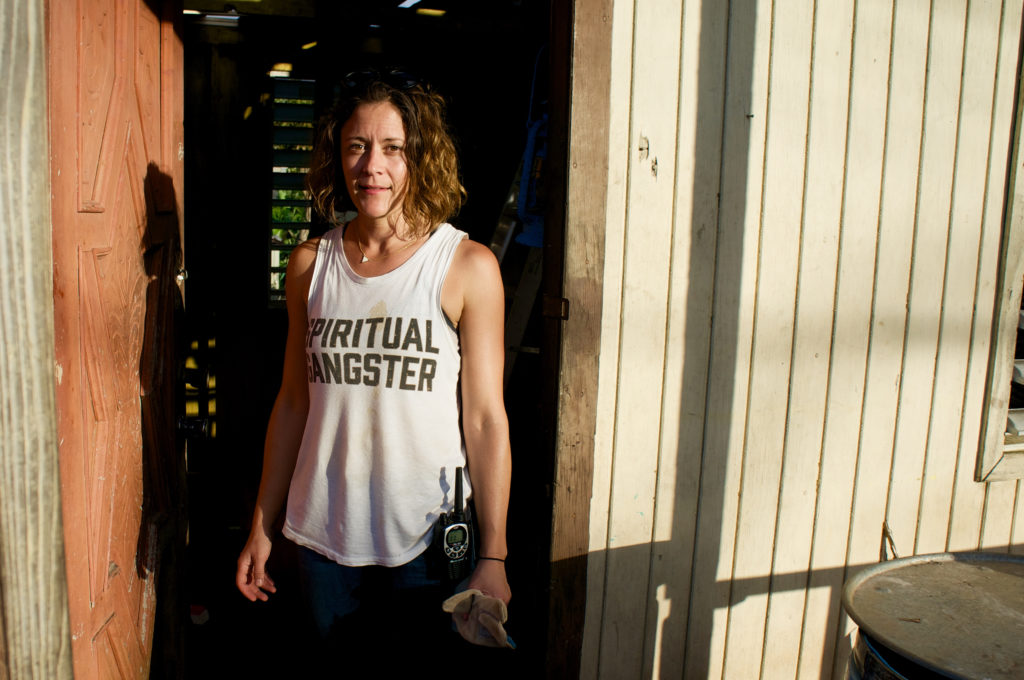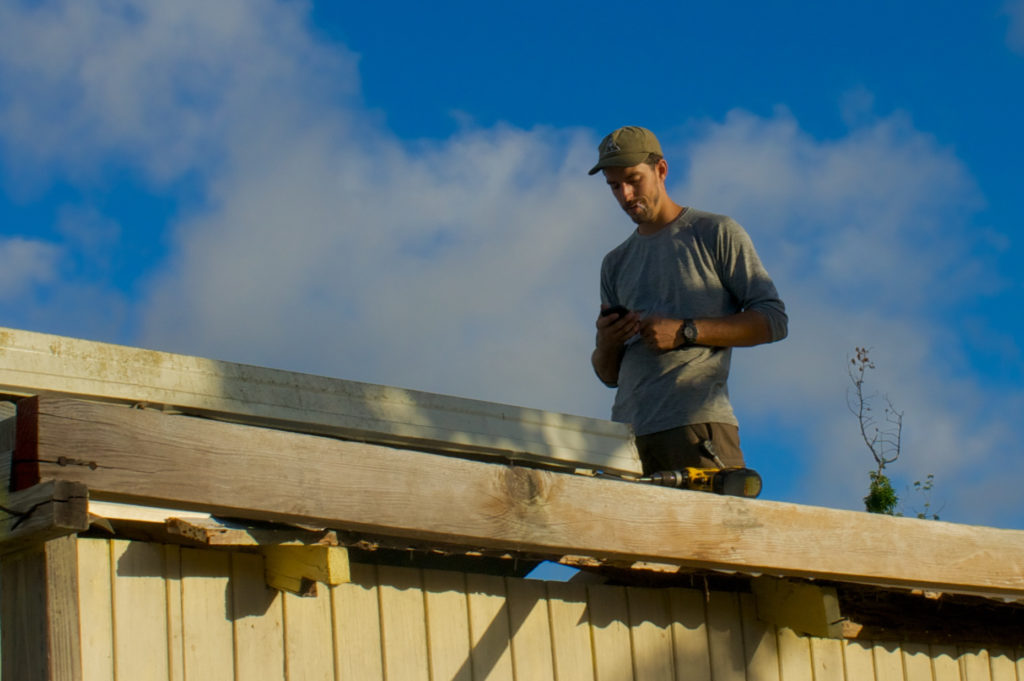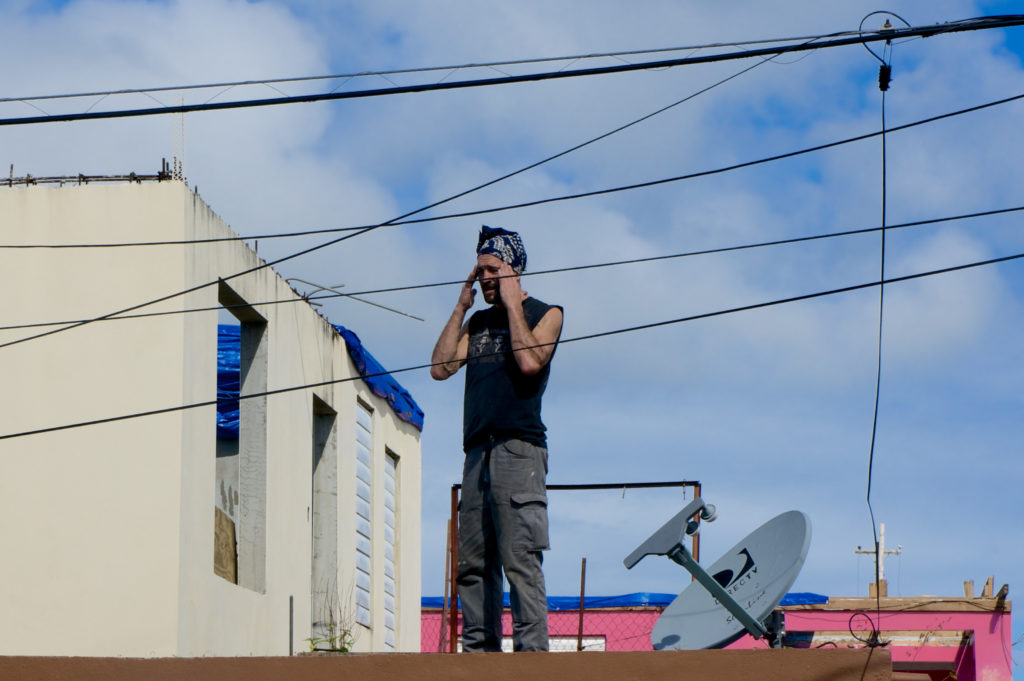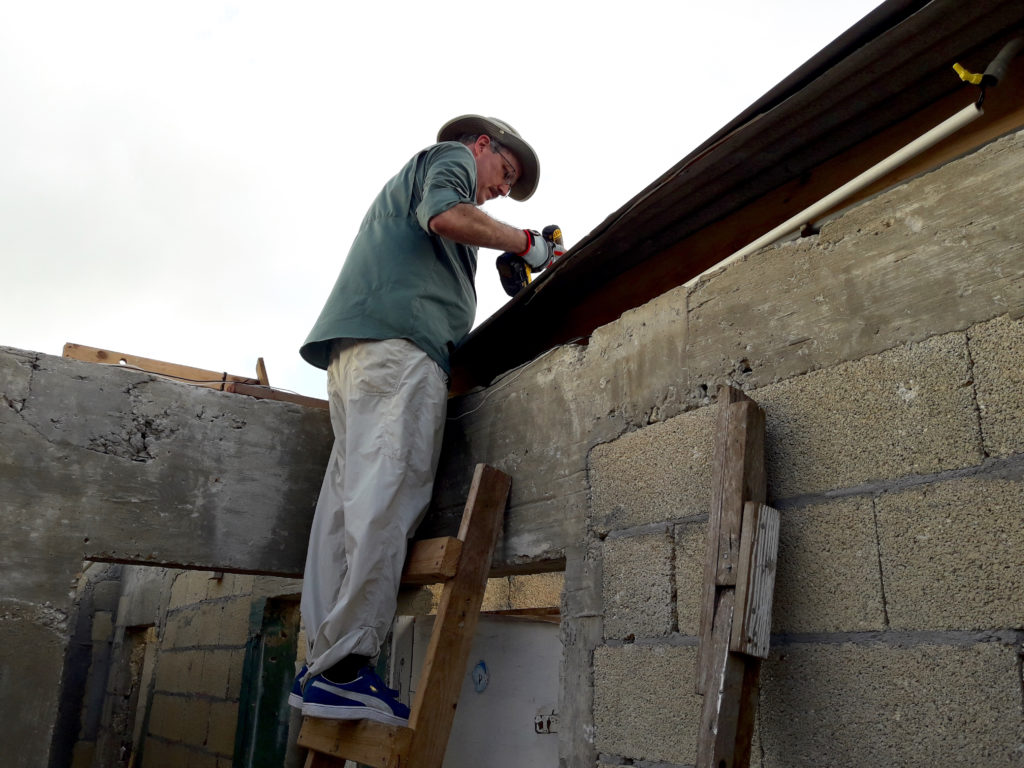Yes, Virginia, there is a Gilligan’s Island.
The trip began when my houseguests — my son Spencer and his friends Kyle and Alex — were looking for someplace interesting to go where they could see the Caribbean side of Puerto Rico. When they told me they want to go to Gilligan’s Island, I thought they were kidding. But they insisted that it was a real place, right here in Puerto Rico. It took a web search for me to admit that the place did indeed exist.
So we packed up the 4Runner Sunday morning and headed south toward the coastal town of Guanica. From there, our plan was to catch the ferry that supposedly ran to the island, which was just off the coast. But when we got there, we discovered to our dismay that tickets to the ferry were sold out for the day. So we drove around, stopped by a few houses and hotels, and asked if there was anyone we could hire to take us to the island. We finally found our skipper and his motorboat, and for a few dollars we started from a tropic port aboard his tiny ship. We got there at about 1:00 and asked the boatman to return to pick us up at 4:00. We wanted the three-hour tour.
The sea there was warm, calm and clear, quite a difference from the Atlantic waters I’ve been used to. The island was surrounded by mangroves and thronged with Puerto Rican families taking their ease. The choicest real estate had already been claimed by people with tents, Hibachis, boom boxes, hammocks, and beach chairs, but we managed to find a sandy inlet by the mangroves to make a little camp of our own.
We soon had company.
The water was shallow and the seafloor was smooth enough to allow us to sit right down and admire the view.
When our time was up, the skipper returned for us at the appointed hour and we headed back to San Juan.


